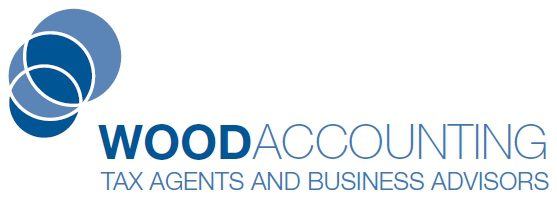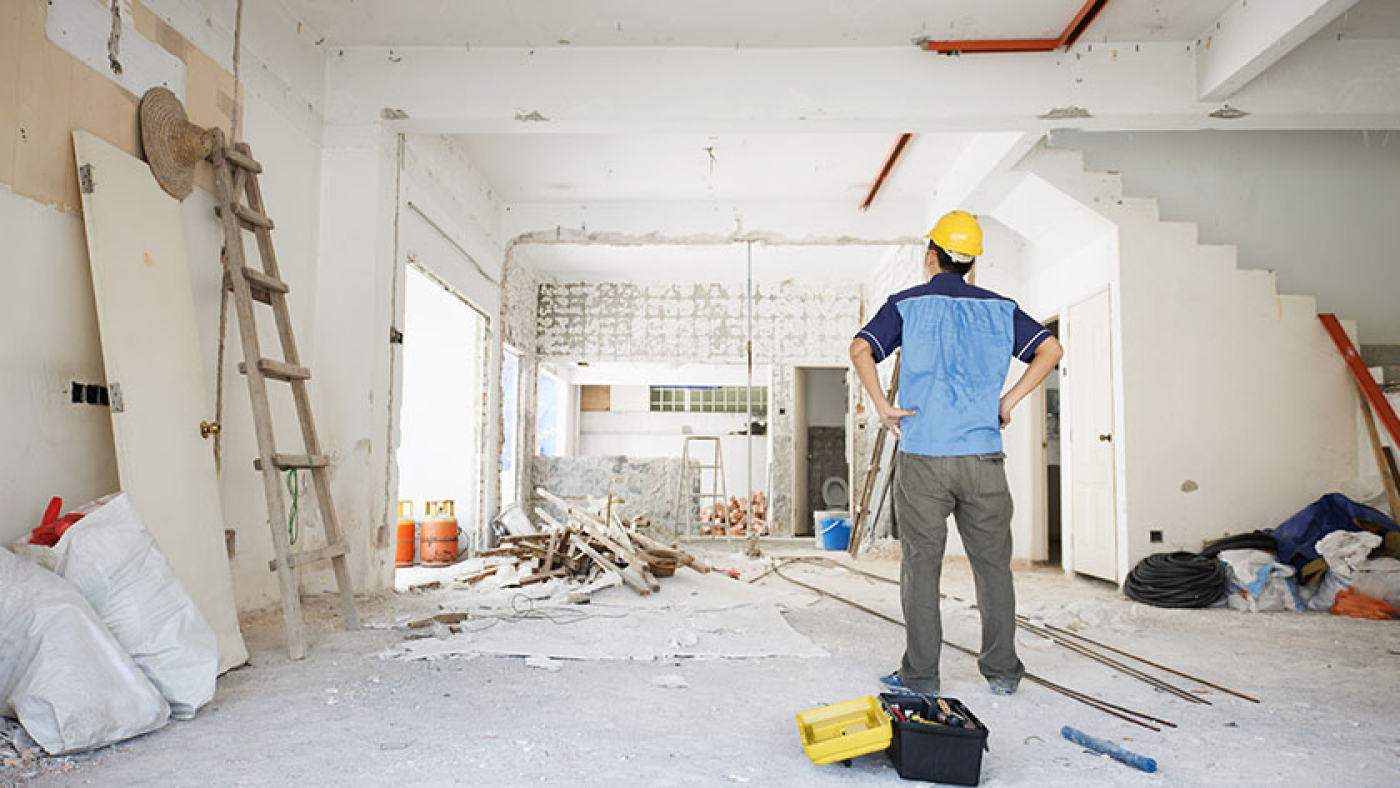As a rental property owner, navigating the complexities of tax deductions can be challenging. One of the most common areas of confusion is distinguishing between repairs and maintenance versus capital costs. Understanding this difference is crucial to ensure your tax return is accurate and to avoid potential issues with the Australian Taxation Office (ATO).
Repairs and Maintenance vs. Capital Costs
Repairs and Maintenance (Deductible): Repairs and maintenance expenses are generally deductible if they relate directly to wear and tear or damage that occurred as a result of renting out the property. These expenses are aimed at keeping the property in a tenantable condition. Here are some examples:
-
- Replacing broken windows
-
- Fixing a leaking roof
-
- Repairing electrical appliances
-
- Patching up walls and repainting
-
- Servicing the heating or cooling system
-
- Fixing plumbing issues like a blocked drain
-
- Replacing damaged sections of a fence
-
- Cleaning gutters
-
- Repairing a broken door lock
-
- Replacing damaged floorboards
Capital Costs (Not Immediately Deductible): Capital costs, on the other hand, are not immediately deductible. These include expenses for replacing an entire structure or unit of property, improvements, renovations, extensions, and initial repairs to remedy defects that existed when you acquired the property. These costs may be claimed as capital works deductions over a period of time or may form part of the cost base for capital gains tax purposes. Examples include:
-
- Adding a new room or extension
-
- Renovating the kitchen or bathroom
-
- Installing a new fence
-
- Building a garage or carport
-
- Replacing the entire roof
-
- Installing insulation
-
- Landscaping the garden
-
- Adding a swimming pool
-
- Initial repairs to fix defects present at the time of purchase
-
- Upgrading the electrical system throughout the property
The Importance of Accurate Documentation
Keeping detailed and complete records is essential for substantiating your claims. This includes receipts, invoices, and bank statements for all expenses. Before and after pictures would be helpful as well.
Your records should detail:
-
- The name, ABN, or business name of the supplier
-
- The amount of the expense
-
- The nature of the goods or services purchased
-
- The date you bought the goods or services
-
- The date the document was produced
Without sufficient records, you cannot claim the expense, and this could lead to issues with the ATO.
High Repair Costs: A Red Flag for the ATO
The ATO has sophisticated data matching capabilities and is particularly vigilant about high repair costs. Incorrectly categorizing capital costs as repairs can trigger an audit. To avoid this, ensure you understand the difference between repairs and capital costs and keep accurate documentation.
Contact Us to Get Your Tax Right
Contact us today to ensure your tax return is accurate and compliant.
Download our comprehensive rental property checklist and book in for a property tax discussion with our experts. Let us help you get your rental property taxes right the first time.
Navigating the complexities of rental property tax deductions can be daunting, but you don’t have to do it alone.

